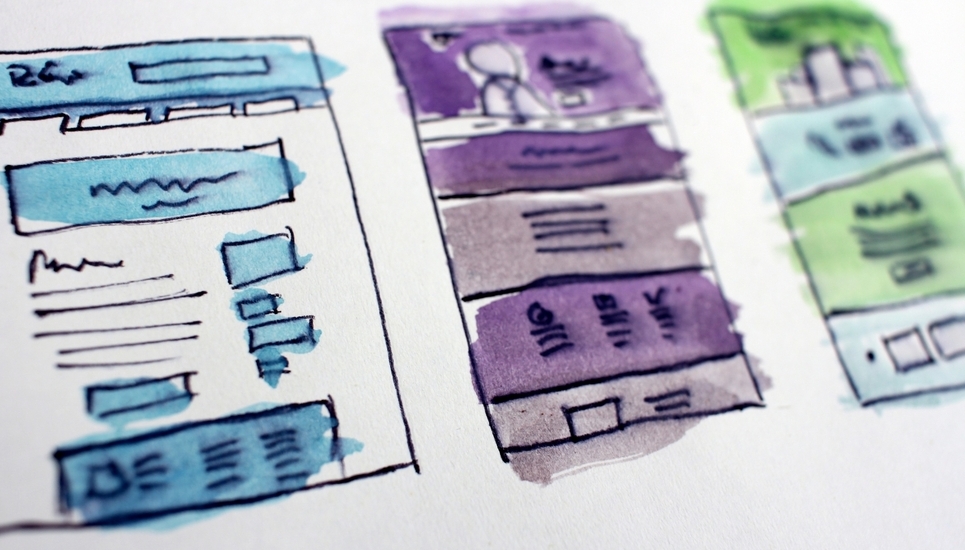
A clearly articulated business model is imperative to the success of any social enterprise and nonprofit. Period. Yet a lot of us – perhaps most of us – don’t have them.
How I started my business.
As a social entrepreneur myself, I realized this pretty damn quickly in starting my business. Like a lot of entrepreneurs, especially those of us who are service-based, I started my business as a bit of an accident. I had quit a job where I’d been burned with nothing else lined up and wanted to be super deliberate about my next job search.
I reached out to my network for contract-based projects to pay my bills during the job hunt by saying “you know me – I’ll do whatever for whatever rate you think is fair.”
My network was primarily in the social impact and education spaces, so folks who responded to my outreach generally fell in that universe. But their asks were all over the place . . . as were their rates.
It didn’t know I was starting a business, but I was. I got a lot of initial traction and a few months in decided I really liked consulting and turned down a couple of job offers. I quickly realized that while I was in the somewhat narrow niche of “social impact strategy consultant,” being everything to everyone at whatever rate was making both me and my potential clients enormously confused.
“Surely,” we all thought, “no one human can be an expert and completely badass at everything under the umbrella of social impact strategy!”
We all were right.
The antidote is a business model.
A lot of people talk about the curse of mission creep in social impact or the general entrepreneurial curse of being everything to everyone (at every price point too), but they don’t really discuss the best antidote.
A part of it is saying no and staying in our lanes, but even then things can be blurry. Our lanes need to be super defined, as do the structures that support them. This, altogether, is our business model.
That’s the antidote – a business model. A defined model is that much more vital in social enterprises and nonprofits that not only need to generate revenue (earned income and/or donations) but also need to drive pressing social change. And a defined model, more than logos or colors or taglines, informs a very attractive brand.
In my business, I knew my core competency or expertise (strategic consulting and advising in social impact) and core assets (my brain, my experience, my network) but not much else. And this is the point at which I meet a lot of my clients.
Here are the first things I did and the first things we do to start articulating business models:
- Theory of Change
First, we think through our Theory of Change or Logic Model. Those are jargony terms for articulating why our businesses or orgs exist and how we think our competencies and assets map to that why. The very, very simplified flow I use is mapping resources (including competencies and assets) to activities (or how we spend our and our team’s time) to quantifiable outcomes to the big outcome or transformational change in the world we hope to seek.
- Business Model Canvas
A lot of us in the social impact strategy space have our own approach to the business model canvas, but the general headers and categories are universally applicable. Defining our work onto this canvas helps us understand not only how our core operations work (or should work) but the roles and value creation for and from our customers and partners (big tip in social impact: treat your funders and end-users, even if they don’t pay, as customers).
In taking the first stab at these two tools, you’ll probably realize that things are a bit of a mess or confusing. That’s totally normal and partially is the point.
No successful business or nonprofit on the planet has anything figured out, nor are any of them stagnant. These models are always a little messy and constantly evolving, but clarity in what isn’t a mess and what needs to evolve is what separates the successful enterprises from the confused.
I’ll discuss how we tackle this constant push and pull between clarity and evolution in business models in a later column, but for now, I’ll say this: Articulating what I knew and needed to grow in my own business model allowed me to build a magnetic brand where my rates and prices are nearly 8 times what I was being offered originally and also where I deliver consistent, replicable services and results. I’m a lot saner . . . and more impactful.
And that, my friends, is why a business model is crazy important in social impact.
You might also enjoy:







